Arabic calligraphy, a timeless form of artistic expression, reveals surprising similarities with calligraphy in other languages. From Chinese and Persian to Japanese calligraphy, these distinct scripts share a common thread in their pursuit of beauty and meaning through written words.
The essence of Arabic calligraphy lies in its fluid, graceful strokes that bring each character to life. Similarly, Chinese calligraphy cherishes the balance and harmony of characters, encapsulating profound meanings within seemingly simple brushstrokes. The precision and artistry seen in Arabic calligraphy are mirrored in Persian calligraphy, where letters intertwine flawlessly, creating an intricate dance of lines and curves.
Japanese calligraphy, known as Shodo, harnesses the power of minimalism and the importance of space, appreciating the silent elegance between brush and paper. Arabic calligraphy, too, embraces the concept of negative space, portraying a captivating rhythm of light and shadow.
Beyond aesthetics, calligraphy in different languages unites us through the shared appreciation for the written word. Each stroke connects us to our history, culture, and spirituality. These scripts serve as a testament to our collective humanity, celebrating the diversity and richness of our expressions.
The profound similarities between various calligraphic traditions highlight the universality of beauty, artistic dedication, and reverence for language. It prompts us to reflect on the interconnectedness of cultures and the human desire to infuse written words with passion, emotion, and significance.
As we explore the world of calligraphy, let us cherish the remarkable bridges it creates between languages and cultures. Arabic calligraphy, alongside its counterparts, invites us to delve into the marvels of visual storytelling using the ancient crafts of the written word.
Embrace the unity found within these beautifully distinct scripts, and allow the poetic artistry of calligraphy to resonate within your heart, transcending boundaries and fostering appreciation for the universal language of creativity.



Comments ()